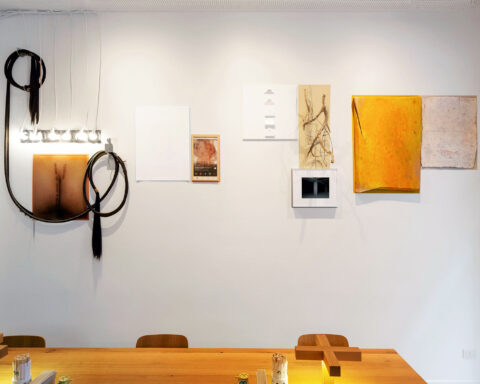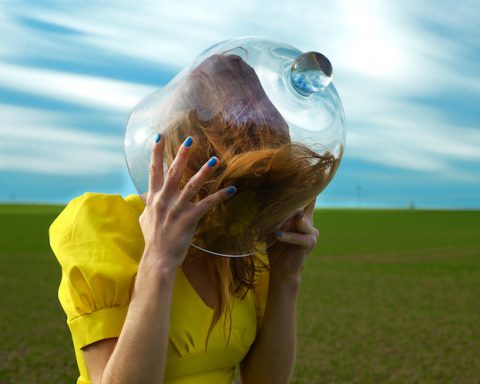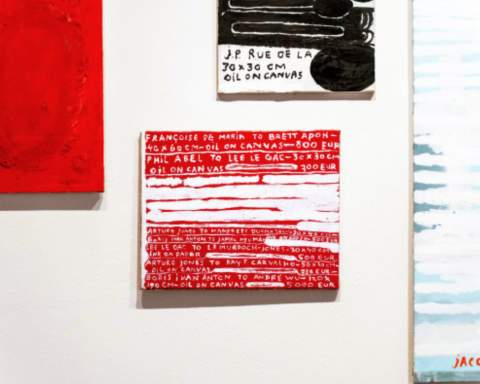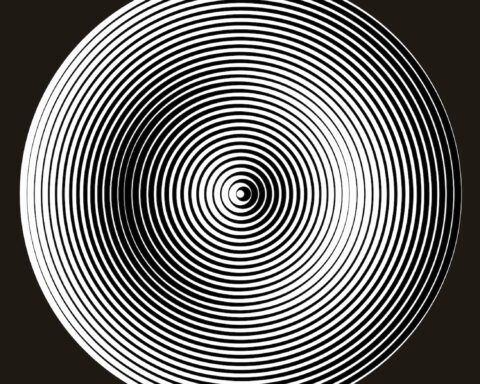Born in Fontainebleau (France) in 1973, David Godichaud is a freelance photographer based in Paris. He graduated from the Photojournalism Program at the International Center of Photography in New York City in 2010. His interest for photography started when he was a teenager. His father offered him his Nikon camera then and David never stopped photographing since . After professional experience as a scientist in research center in Athens and as a yacht master on sailing vessels for seven years, his passion for photography finally triumphed and he decided to dedicate his professional life to it. His personal work, almost entirely done with medium format camera, staged people in a constant concern of distances: the one of the subject with the reality that surrounds him and the one of the photorapher with his subject. In balck and white or in color, his square images never “shout”. Besides his work as a freelance photograher, David has been teaching photography to stylists of the fashion school of Milano (Istituto Marangoni) since 2012.
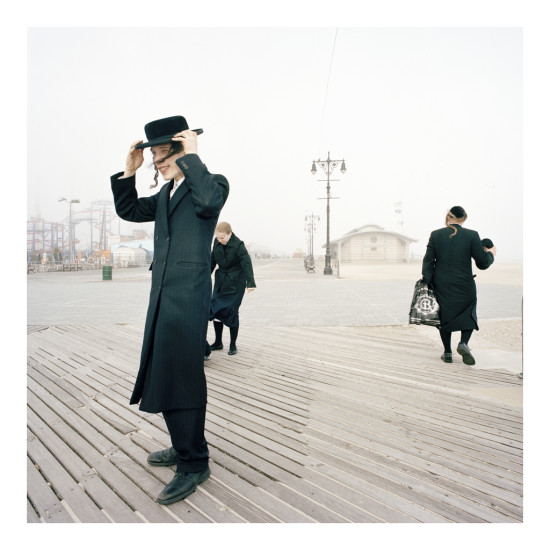
Coney Island, Brighton Beach, Brooklyn, New York, USA
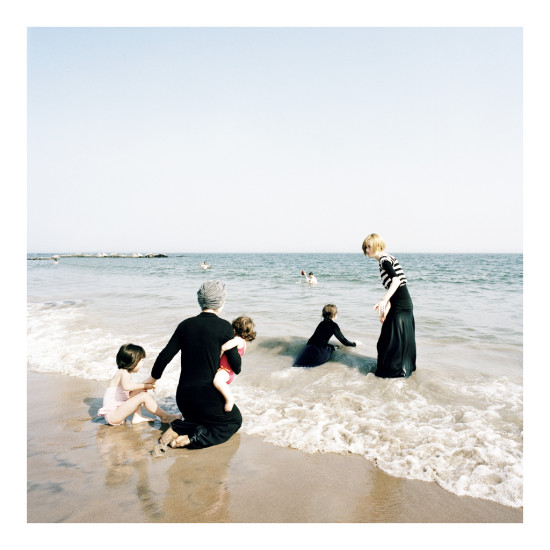
Coney Island, Brighton Beach, Brooklyn, New York, USA
Francesca Pirillo: Where did you grow up and how did it affect your work?
David Godichaud: I grew up in Fontainebleau, close to Paris. The place by itself didn’t affect my work directly, but it did affect my sensibility. I remember me walking around and reading in the gardens of the castle very often after school. It was a lot of silence, a lot of imagination. Francois 1er. Louis XIV. Napoleon. My mind could travel along the perspective of the time.
But Fontainebleau is not only History, it is also the Nature. I remember my parents bringing my sister and me for hiking on the paths of the forests on Sunday afternoons. I didn’t like it that much at this time as I was missing the horizon, as I couldn’t look far away. Trees were too many and too high they still are even if I do like them. Yet it taught me “contemplation”, mix of looking and thinking.
Years later and after many readings of books by Stendhal, I realized how much Fontainebleau probably helped me to develop the feeling of beauty. I have been living in different places since then, in France and abroad, and as in the middle of the trees, places create strong feelings in me. My mind is very sensitive to the contexts and that affects my work in depth as a consequence.
F.P.: What subjects do you deal with in your art?
D.G.: Photography has a strong natural contingence with the real and the power of the real is actually what astonished me the most. It can be a light beam. It can be one attitude of an individual. It can be a context. And when the three of them combines and I miraculously meet with them, I have the feeling that I photograph this rarest curve Henri Cartier Bresson’s talked about: the straight line. The difference is that he considers this “straight line” from a technical point of view whereas it is all about feeling for me. To photograph people in the streets, I have been using only my medium format analog camera for years and that accentuates this feeling of miracle as well: the process is by essence real and miraculous, which is a magic paradox. Besides streets photography, I do more and more photographs of still life and fashion in studio. I do enjoy it for different reasons. It is more about creating an image from scratch. It is more the intellectual game of filling up one empty space with materials, lightings, accessories to create a mood and to be able to communicate something that is predefined upstream by a concept. That is very interesting and challenging. In the studio I have the impression to play a chess game with an “technical” adversary.
I would end up saying that I am curious and do like exploring new subjects, using many different technics. At the end, they all feed my mind and my photography. Through the subjects, photography is for me like a path that I like to follow. It is a travel… A travel that begins with the real, in studio or in the street, and end up in the “Ether” when looking at the result: the image.
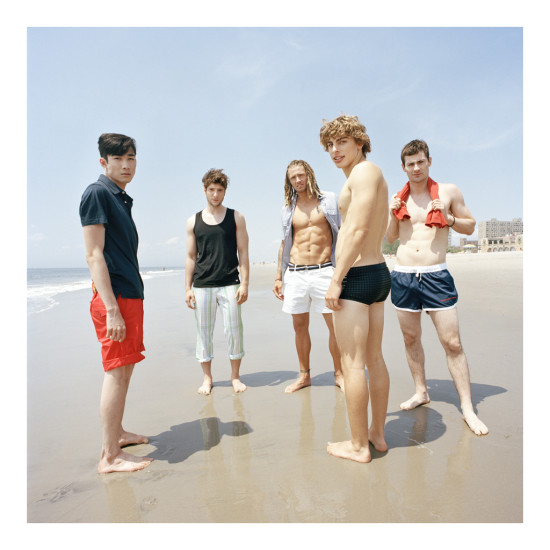
Coney Island, Brighton Beach, Brooklyn, New York, 2011
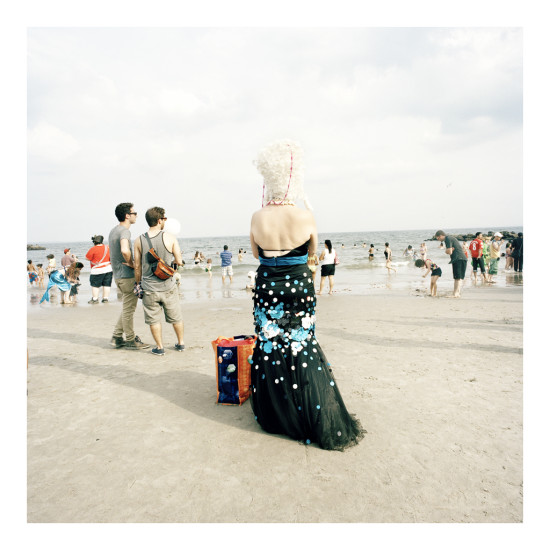
“So Coney!” series
Coney Island, Brighton Beach, Brooklyn, New York
F.P.: What are your favorite artists? What photographers have influenced you ?
D.G.:One day, a member of one gentlemen’s club where I took pictures told, told me that some of my photographs reminded him Edward Hopper’s painting. Then I remembered that I have been looking at books by Hopper since I was a child. Composition. Distance to the subject.
Let’s notice that photographism, that is very popular nowadays with Photoshop, uses the opposite way.
F.P.: Can you tell a bit about the inspiration behind La plage, ce lieu des futilites essentielles series?
D.G.:The idea of La plage, ce lieu des futilités essentielles series was born in 2010 when I was in New York, studying photography at the International Center of Photography. I have been astonished by the americans coming from the different neigh borhoods of the city in Coney Island.
The reality was so inspiring because of the diversity of people, their looks, their attitudes. Then I undertook to take portraits of those people with my Hasselbad camera.
This series was the opportunity to observe the American way of life, to show the society from a singular point of view and to illustrate this famous gentlemen’s agreement describing the way the different communities can live together in New York: “ We don’t have to love each other, but we tolerate each other”.
Back to the inspiration, I have been working as a yacht master on sailing boats for years and have been used to observing the people on the sea and from the sea. Photography could suddenly flip the points of view and I have been very interested to photograph what I call the Variation since. The Variation is an angle in navigation. Also it seems to me that the ocean has the power to reveal an “angle” within people.
Close to the ocean, there is one interiority, usually contrived by the society, that is suddenly released within individuals.
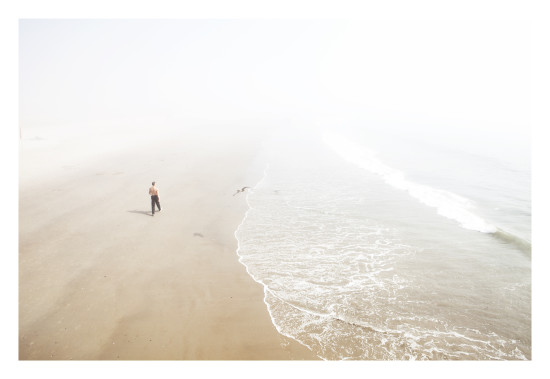
“So Coney!” series
Coney Island, Brighton Beach, Brooklyn, New York, USA
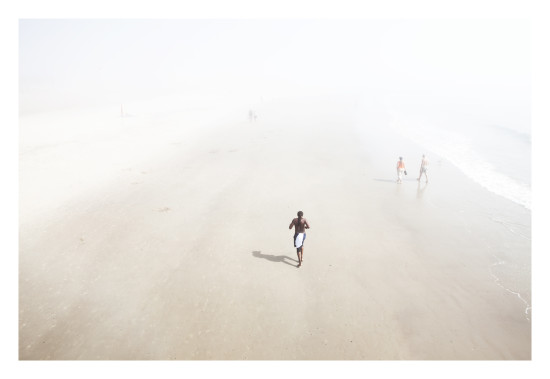
“So Coney!” series
Coney Island, Brighton Beach, Brooklyn, New York, USA
F.P.: What are your favorite artists? What photographers have influenced you ?
D.G.:One day, a member of one gentlemen’s club where I took pictures told, told me that some of my photographs reminded him Edward Hopper’s painting. Then I remembered that I have been looking at books by Hopper since I was a child. Composition. Distance to the subject.
I thought he was right and It made me realized how much I have been influenced by Hopper’s paintings. I don’t think that I have been influenced that much by photographers as I grew up far from them. But I have been watching again and again movies by M. Antonioni, C. Sautet, F. Truffaut, E. Rohmer, L. Visconti or C. Marker … I think that those film directors helped me very much to find my own path and build my eye when I was an adolescent. Yet if I had to mention one photographer, Diane Arbus, Vivianne Mayer and Bourdin would probably come first.
Bourdin’s photography is clever, sensitive, accurate, mastered and I do like that most of his images are more targeted for women than men. Concepts are very strong in his photography.
With Diane Arbus and Vivianne Mayer, it is more about the subjects. It is about the relation to the reality of the society. It more about the approach of photography.
F.P.: Can you talk about this piece and the idea behind Bastingage series ?
D.G.:Bastingage is a series born from an observation and travel in Arabic countries in 2013. It is more a journal de voyage, one testing of what I could see over there. I had the idea to come back later on and wanted to figure out how I could photograph the people then. It always takes me time to mature projects.
Preoccupied by the relation that anyone can entertain with the sea, to discover what the proximity to the shore can reveal about us and the society we belongs to, I traveled for two months along the coast from Tangier to Alexandria.
The general instability that characterizes this area nowadays probably emphasizes what I called previously the Variation and I have been very much interested to observe that.
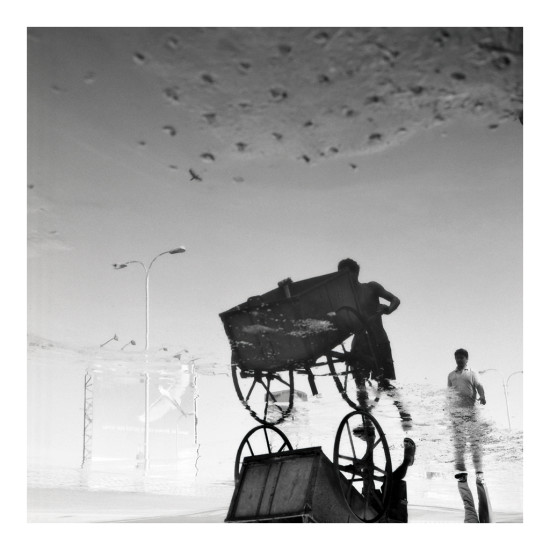
Howrah Bridge Kolkata, West Bengal, India
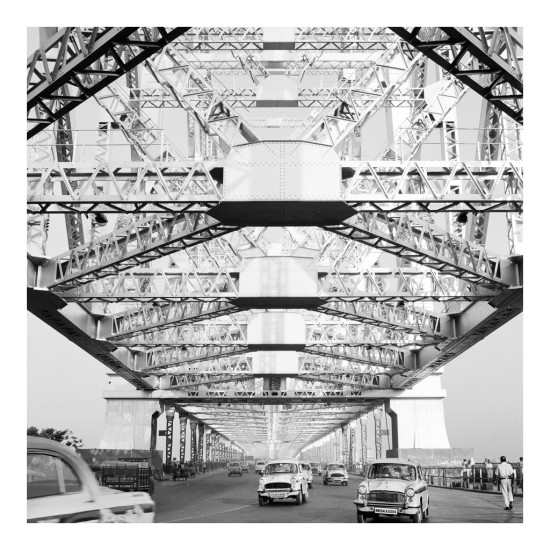
Glimmers of India series
Kolkata, West Bengal, India
F.P.: What do you want to pull out of the photographed subject when you are taking a portrait?
D.G.:I am a photographer of the real and I do like to establish a relationship between the subject and the surrounding context when I take a portrait of somebody. It is very rare that I take portrait in close-up. Most of the time, I actually frame somebody in a context at a certain distance and not the contrary. It means that the context is more important to me. It means that I give the opportunity to the decor to speak about the subject, to deliver information about him or her. It is actually the context that portrays the subject, bringing information about them.
To portrait a subject at a certain distance also means that I am more interested by the general attitude of the subject and its pose rather than the details of their face, as it is done most of time.
F.P.: What are you working on at the moment?
D.G.:I am currently working on two different projects. “Beyond the Threshold” deals with gentlemen’s clubs in North America and England. The inner life of them has always been and still is in the shadow. The privacy in the most traditional clubs is pushed to the limit and women are still forbidden. And beyond the normal activities, there is something more essential for personal destinies, for cities or even countries, that is happening in there. My other project is Variation. It takes place on the shore of the Mediterranean Sea from Tangier to Istanbul. It is a series of portraits about autochtones who live close to thecoast to lose themselves, to dream, to escape, to remember. It deals with identities and Mediterranean unity.



